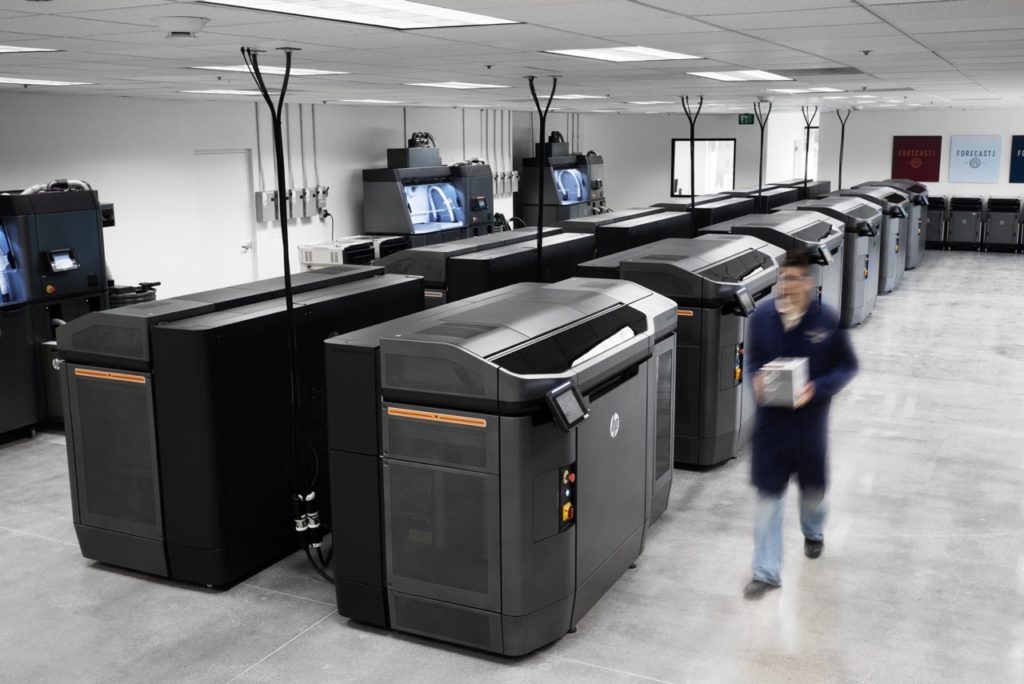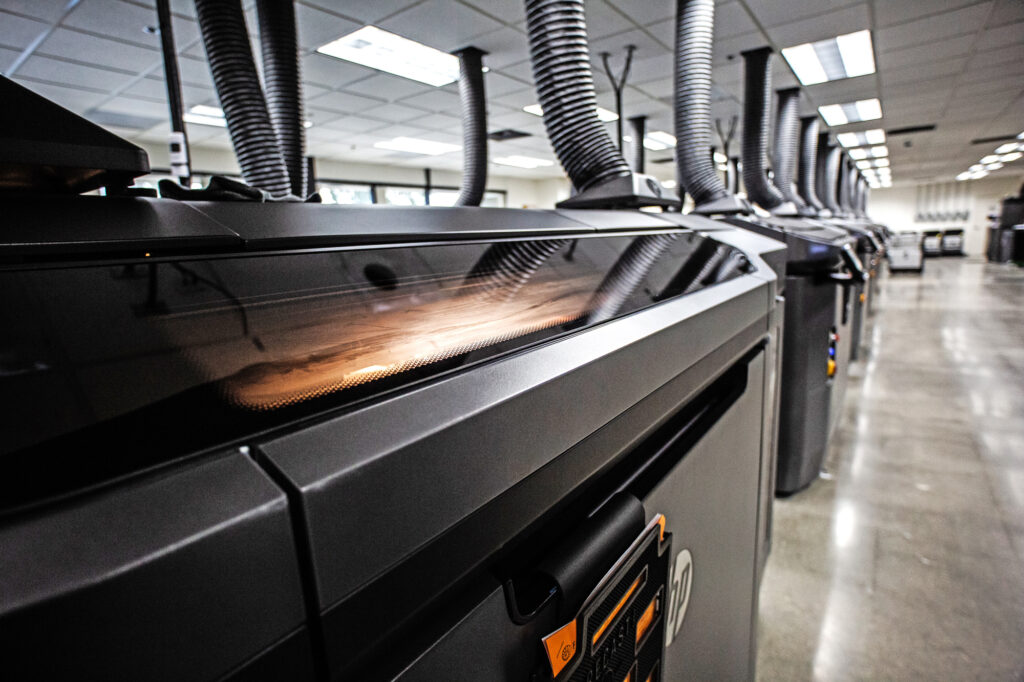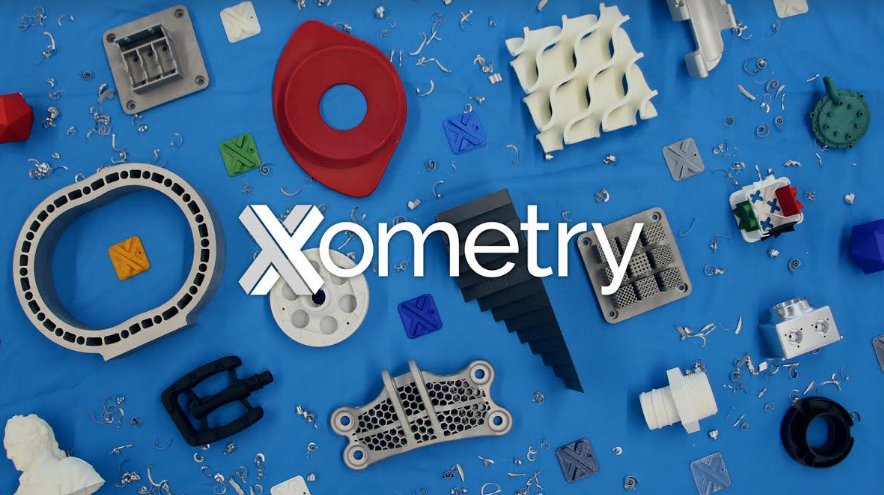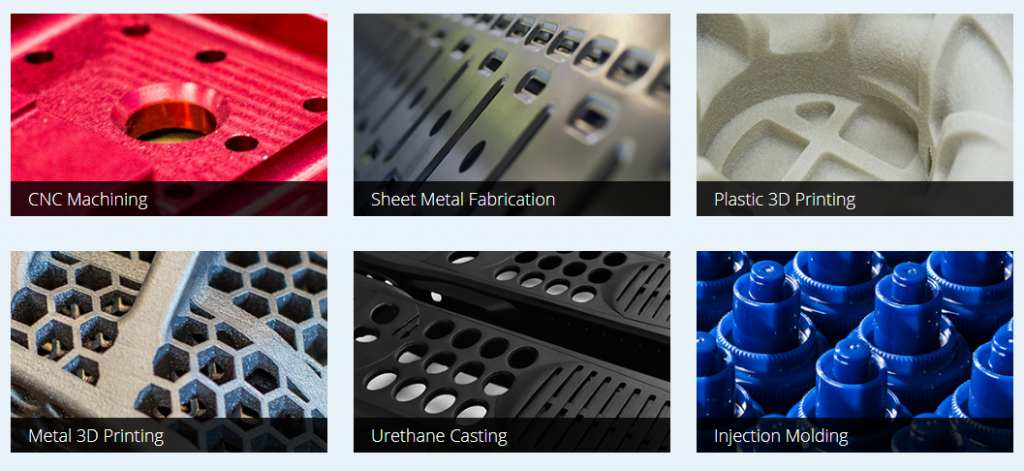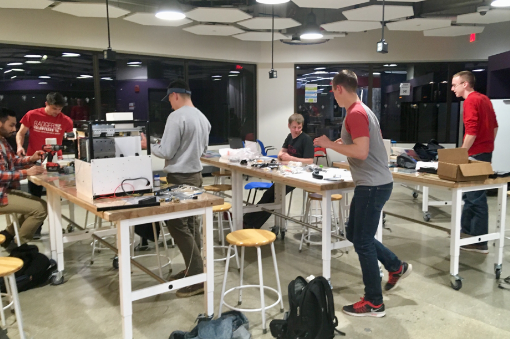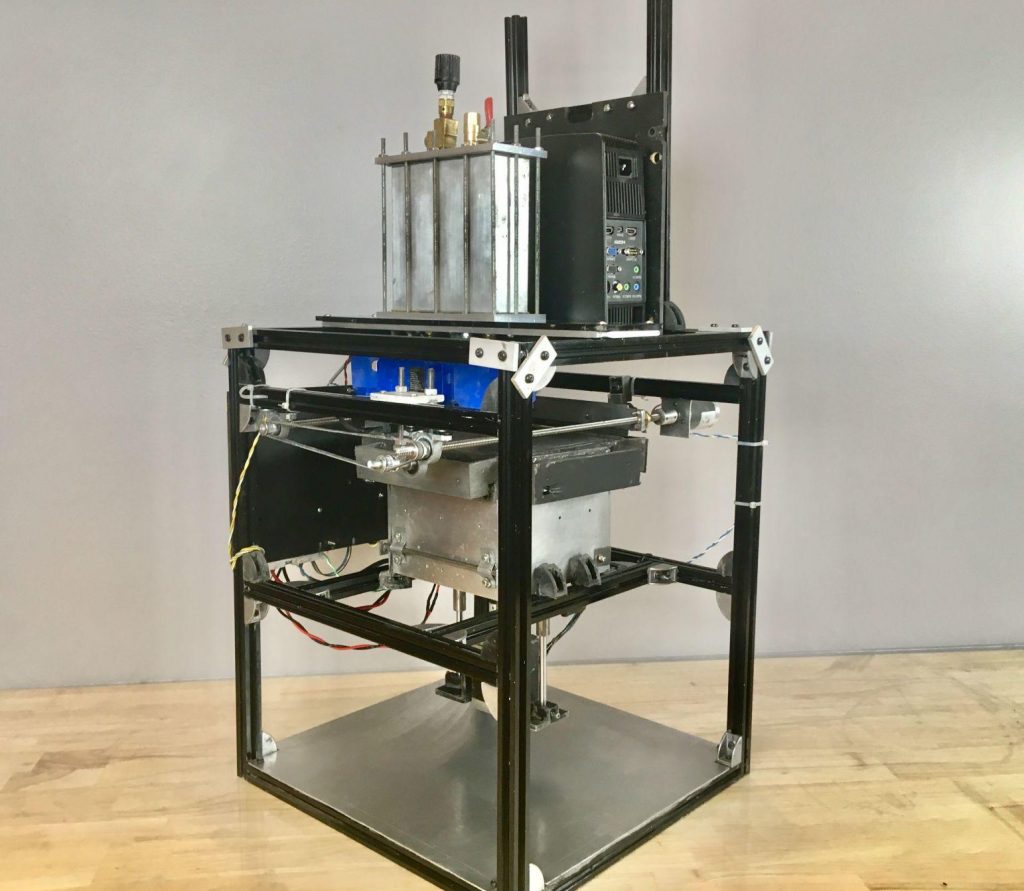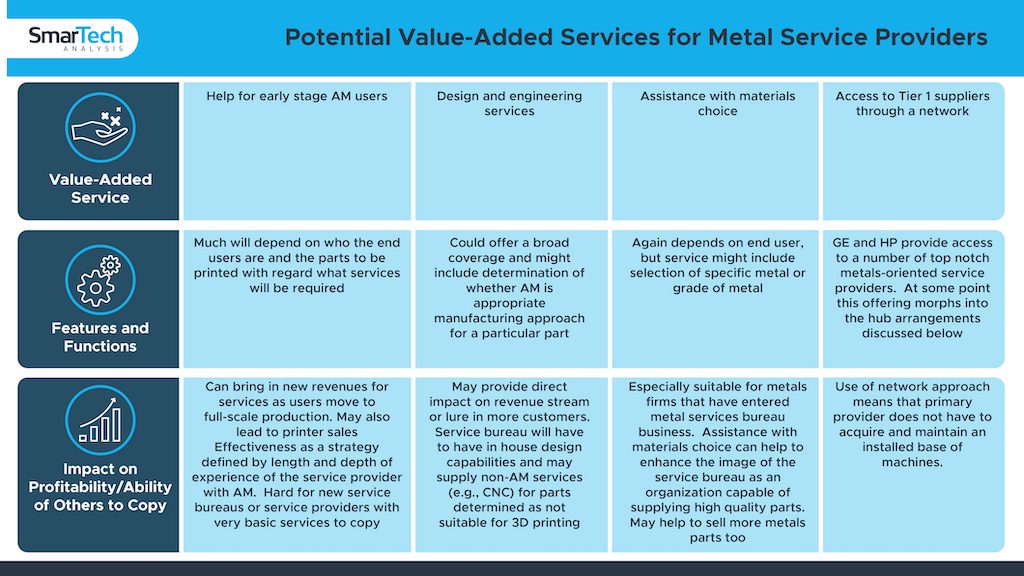Stereolithography, widely known as “SLA,” is one of the most exciting forms of 3D printing technology on the market. It’s precise, it can produce smooth and detailed parts, and it can even be used to make parts indirectly via patterns for casting and injection molding.
Much more than an obscure cousin to FDM, Stereolithography is a practical, versatile process for a wide range of applications.
So why isn’t SLA as widely used as FDM? In a word: cost. Though companies like Formlabs have driven down the cost of desktop Stereolithography 3D printers for the mass market, resin printing machines are generally far more expensive than their polymer-extruding counterparts. So unless your parts and prototypes demand the use of SLA, it is often more economical to go with FDM. Besides, the range of FDM 3D printers out there is far greater than the range of SLA machines.
But what if you’re not investing in a 3D printer at all? What if you simply have a project that requires one, five or 500 SLA-printed parts? What if you could get somebody else — an expert in additive manufacturing — to invest in and operate the machinery for you?
SLA parts may be less common than FDM parts, but the cost-prohibitive nature of SLA printers does not make SLA parts cost-prohibitive. In fact, with an on-demand manufacturing partner like 3ERP, ordering resin parts and prototypes can be comparable in price to ordering FDM parts.
What Is Stereolithography?
Stereolithography is an additive manufacturing process in which a light-emitting device — usually a laser — is used to solidify a photosensitive resin in a layer-by-layer fashion. This unique approach offers numerous advantages over other 3D printing methods.
Most SLA machines use an ultraviolet laser, which, like the nozzle of an FDM printer, is controlled by computer instructions. Following those instructions, the laser “draws” a 2D shape onto the photosensitive resin, which is stored in a vat in the lower section of the printer. When the 2D shape has been drawn onto the resin (either on its surface or at the bottom of the vat), that thin section of resin solidifies. A build platform then moves the solidified layer up or down, allowing the laser to draw the next “layer” of the part onto the resin. When every layer has been created, the end result is a fully 3D printed object.
Having been invented in the 1980s by 3D Systems founder Chuck Hull, Stereolithography is actually one of the oldest additive manufacturing technologies around — despite being less widely used than several other processes.
Why Is Stereolithography So Desirable?
There are several reasons why SLA 3D printers may be preferred to FDM 3D printers.
Some of the advantages of Stereolithography include:
- Accuracy and precision
- Typical layer heights of 25-100 microns
- Extremely detailed features
- Strong adhesion between layers
- Isotropy (parts strong in all directions)
- Watertightness
SLA parts can be made with detailed features and a smooth surface finish, and they sidestep some of the more common issues associated with FDM 3D printing, such as visible layer lines and anisotropy (weakness along certain axes because of gaps between layers).
3D printed parts made with Stereolithography can also be useful for specific functions such as maintaining air flow or water flow, since they are highly watertight. And SLA can even be used to create master patterns for casting and molding process, which makes the technology popular in fields as diverse as dentistry and jewelry making.
Affordable SLA Parts with 3ERP
Ordering Stereolithography parts is more affordable than you think. That’s because 3ERP, an established manufacturing company with a fleet of manufacturing machines and experienced engineers, does not need to subsidize the cost of its SLA 3D printers by charging high prices to customers.
When you order SLA 3D printed parts from 3ERP, you pay for the resin, the labor and not much else. That means your resin parts and prototypes can be comparable in price to simple FDM parts.
Above all, ordering parts through 3ERP is a risk-free way of incorporating SLA into your production cycle. Since even a consumer-level machine may cost around $5,000 to purchase, and since engineers need to be trained to get the most out of a complex 3D printer, it may be more financially viable to use a third-party manufacturer to carry out production or prototyping of SLA parts.
With 3ERP, you even have several resin options at your fingertips. 3ERP can make SLA parts from Resins 8119, 8118H, 8228 and 8228, giving you the options of nylon-like parts, ABS-like parts and even parts that are resistant to temperatures up to 120°C.
Request a free quote from 3ERP to see for yourself how SLA parts are cheaper than you think. Asides from Additive manufacturing, 3ERP also offers:
The post SLA Parts Are Cheaper than You Think appeared first on 3DPrint.com | The Voice of 3D Printing / Additive Manufacturing.



